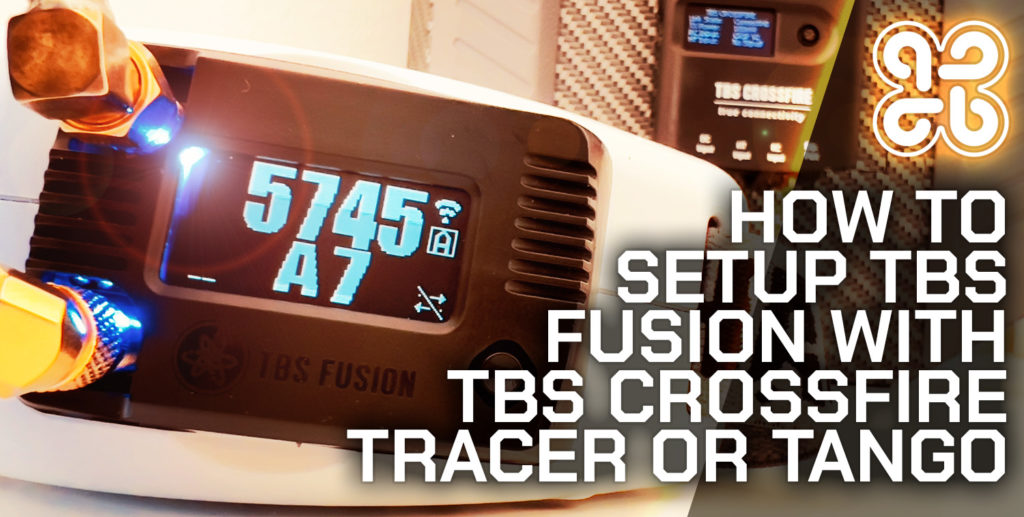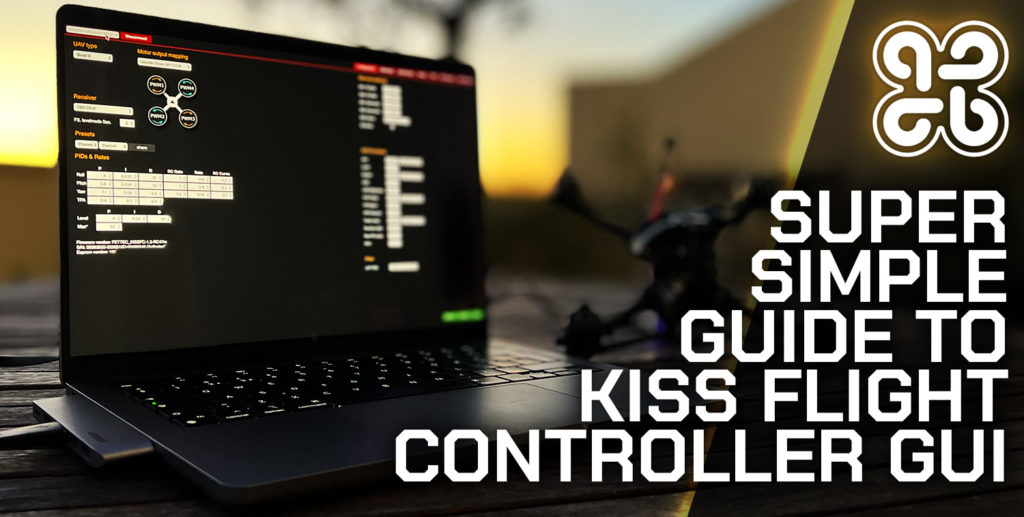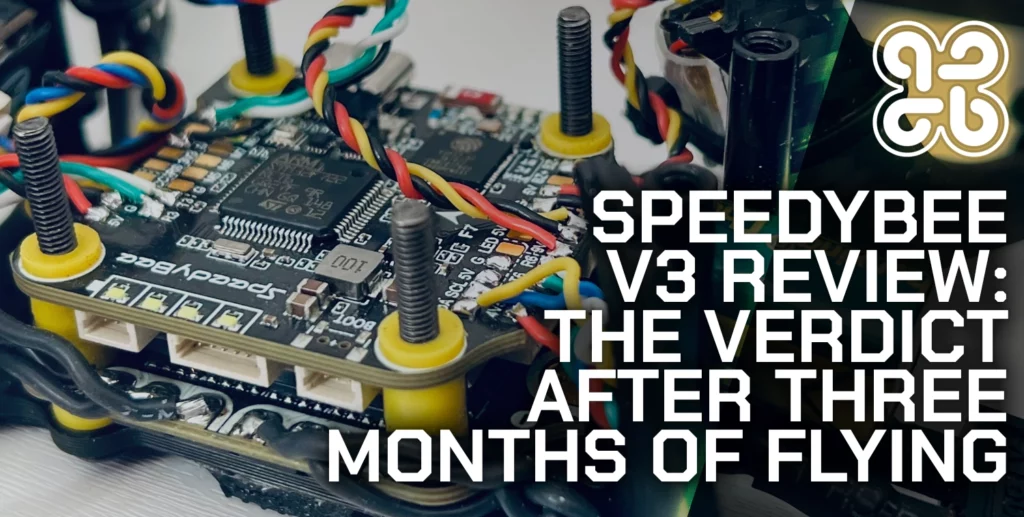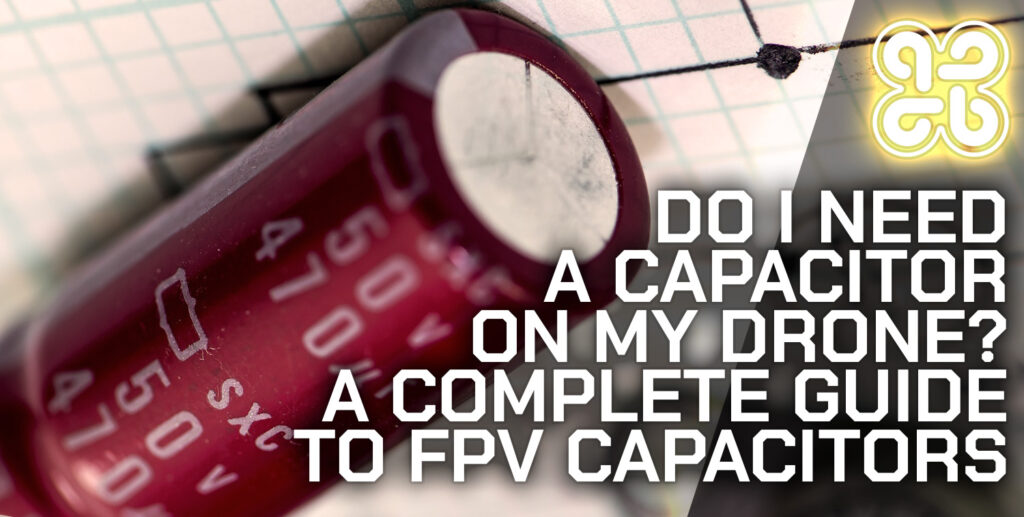The FPV goggle is arguably the most important part of your FPV setup. Why?
The human eye is an incredible biological development. It is our primary sense, capable of absorbing reflected light from the outside world in order to paint a picture of reality inside our mind.
Sounds light something from science fiction, right?!
Are FPV goggles worth it?
Yes, FPV goggles are absolutely worth it! The FPV goggle is the interface between the drone FPV camera and your brain.
The FPV goggles are the tool that allows you to see what the drone can see, allowing your eyes to be relocated directly on to the drone.
FPV is an acronym for first person view. Therefore by definition, the best experience will be given by the equipment that most effectively transfers vision from drone to the user.
First-person view (FPV), also known as first-person point of view (POV), is the ability of the user of some technology to see from a particular visual perspective other than one’s actual location, such as the environment of a character in a video game, a drone, or a telemedicine client.
techgadget.com
In certain circumstances, such as if you are piloting a drone with autonomous control for photography or video, it may be beneficial to use a monitor (or phone display).
However for all things FPV (drone racing, freestyle and long range flight), goggles are certainly the best choice.
If you have never used FPV goggles before, prepare yourself for a journey my friend…
How do FPV goggles work?
No matter the type of goggles, there are two key components that are required in order for FPV goggles to work.
The video signal is transmitted from the drone by radio, therefore the first component required is a radio receiver, which can receive the picture from the drone.
Once the signal has been received, it needs to be displayed to the user. This is done using an electronic display combined with optics.
The following diagram outlines the basic principle of how FPV goggles work.
Step-by-step explanation of how FPV goggles work:
- The signal is received by the antenna in either a digital or analog format.
- The VRX (video receiver) processes the received signal and produces a picture that represents what is captured by the camera on the drone.
- The picture is fed to an input selector. Here the user can choose what is viewed on the goggles. As well as the live video feed, some goggles can play back captured video or display a signal from an external source via HDMI or composite video.
- The chosen input is then fed to a display driver that produces two images, one for each eye.
- The images are displayed on each screen and fed through optics to each eye.
There is one other possibility, which is very similar to the traditional goggle design as just described.
Box goggles make use of a single display for both eyes rather than having a seperate display for each eye.

There are pros and cons to this type of design, which we will discuss more later.
Analog vs digital FPV goggles
I remember the FPV hobby before it became mainstream. It consisted of a bunch of geeks who were sticking CCTV cameras on their RC aircraft.
FPV started out as purely analog, as this was the technology available.
The market for digital FPV had not yet begun to develop and therefore the technology simply did not exist, yet…
Now the drone technology landscape is quite different!
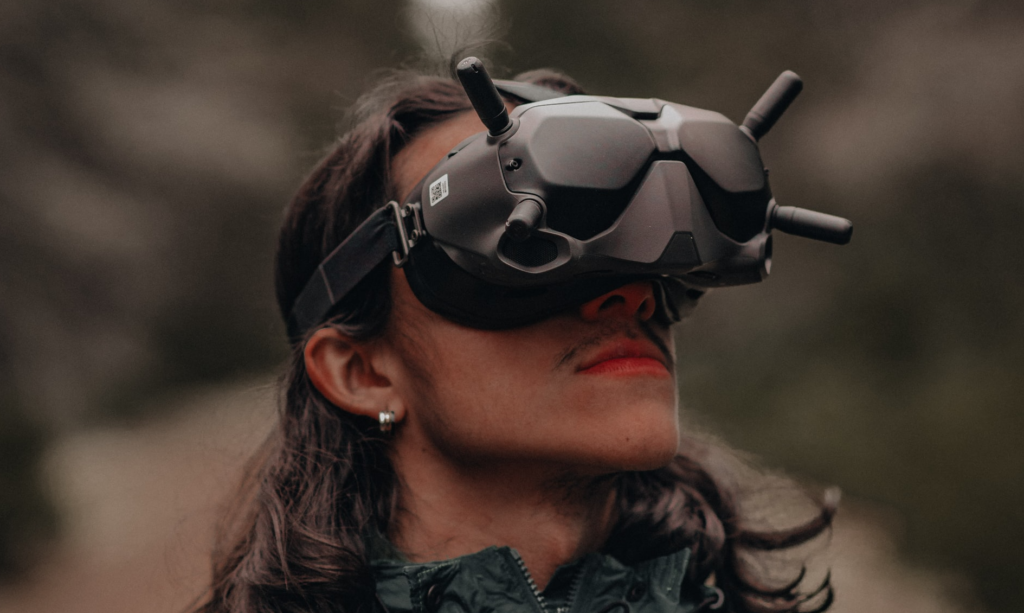
DJI were the first company to produce a serious digital goggle system and it has been very successful.
Fatshark, a company who many see as the flagship analog goggles manufacturer, would eventually follow suit with Shark Byte and then a digital version of their famous Dominator goggles.
The ways in which digital and analog video are handled are very different. The primary issue was always latency.
Due to the technique used to transmit the video, analog signals can be transmitted almost instantaneously, at least without a perceivable delay.
Digital systems need to digitise the picture, transmit it and then decode it back into a picture on the ground.
The volume of data that must be encoded, transmitted and decoded is huge!
Plus all of this must occur at a rate in which the user does not experience any delay, which would make flying very difficult.
These were the electronic and software engineering challenges that needed to be overcome, in order to make digital FPV a reality.
So, now we have digital FPV, do we even need to consider analog?
Absolutely! Analog FPV is still very popular and certainly still has a place in the FPV ecosphere. In fact it still dominates certain aspects of FPV, such as ultra-long range.
Companies such as Team Black sheep are still releasing new analog technology that keeps pushing the boundaries!
If you do decide to go analog, you should certainly check out the TBS Fusion video receiver for your goggles.
Analog Goggles
Pros
- Generally cheaper
- Very small form factor (VTX)
- No perceivable latency
- Easier to achieve ultra-long range
Cons
- Lower video quality
- Susceptible to external interference
Digital Goggles
Pros
- Great video quality
- Rejects external interference well
Cons
- Expensive
- Bulky in size (especially the VTX)
- Latency
As you can see from the table, there are still quite a few valid reasons why someone might choose an analog system.
Which leads me nicely to the next topic…
What FPV goggles should I buy?
So far we have gained a basic understanding on how the goggles work and the two main types of goggles, analog and digital.
Currently there is a very limited choice for digital systems. Up until very recently DJI were the only company producing a digital FPV system but now Fatshark also have an offering.
Low profile goggles
The digital systems available are all premium systems and come in the formfactor of what is known as low profile goggles.
Low profile goggles are really just what we know as ‘goggles.’ They have binocular vision and a seperate display for each eye.
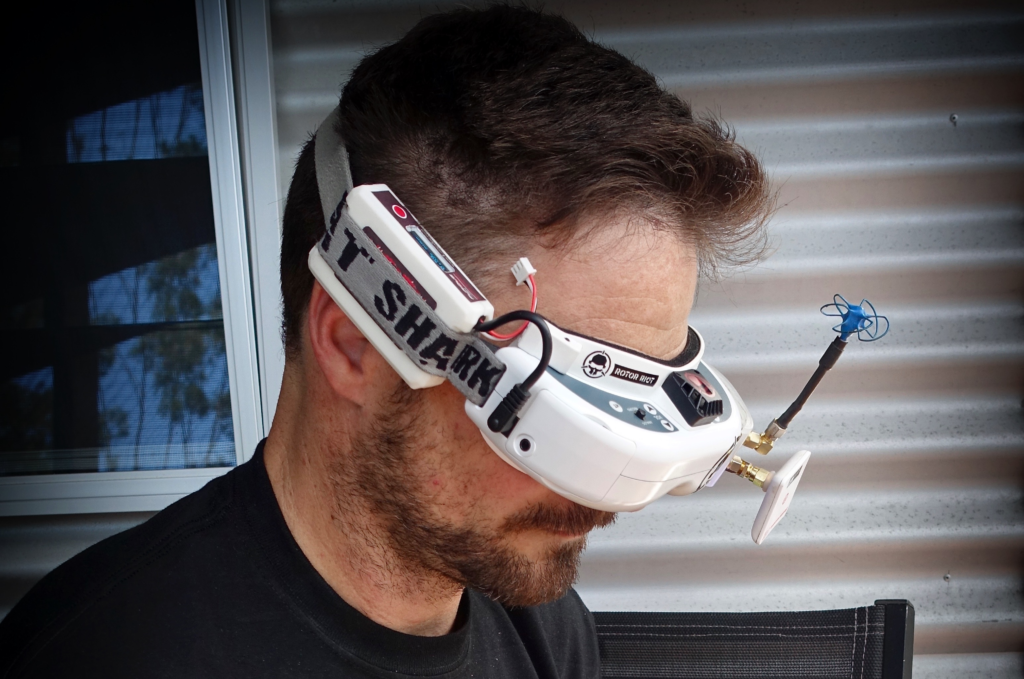
Theoretically they can produce a 3D image, however we have yet to see that development come to FPV!
Box goggles
As their name suggests, box goggles take on more a shape of a box.
They consist of a larger single display rather than a separate display for each eye and make use of a Fresnel lens.
They are generally bulkier and heavier than their low profile counterparts, however they are also generally considerably cheaper.
FPV with glasses: Can I use FPV goggles with glasses?
No, it is not really possible to use FPV goggles with glasses. Although this is not counting people who wedge a set of reading glasses into a box goggle!
However all is not lost! If you are nearsighted, Fatshark offer a set of diopter lenses that fit directly into mostly all of their goggles.
They come in -2, -4 and -6 only so they are only suitable if you are nearsighted.
Another option (arguably a better one too) is RHO-Lenses, a company who are dedicated to producing custom lenses for FPV!
They offer custom lenses for many different goggles, made out of high quality optical glass.
As you can imagine they are a little more expensive, but for what you get the price is certainly not unreasonable:
- Custom-made ophthalmic lenses from your doctor’s prescription.
- Expensive optical glass with the highest optical imaging quality. Forget any diopter sets which are made of cheap plastic.
- Extremely thin to avoid problems with your eyelashes.
- Super anti-reflection coating to avoid disturbing light reflections.
- Hard coat to avoid scratches.
- Clean coat (Lotus effect) to protect against dirt.
- Optional blue light filter.
- The 3D-printed lens holder fits perfectly into your goggle. Easy insertion and removal.
- Worldwide shipping.
The price for a set of lenses to fit Fatshark Dominator goggles comes in at around 70 EUR.
They are based in Münster, Germany but will ship worldwide.
Choosing FPV goggles
So we have pretty much covered the main types of FPV goggles.
This article is stopping short of a product comparison, however it should now be more clear as to which type of goggle is the most suitable for you.
Digital FPV goggle:
- Ideal for racers or freestyle pilots who want the best quality picture with the most clarity.
- Would suit anyone who is looking to prioritise shooting video or taking pictures and wants to frame the shot with the most accuracy.
- Backwards compatibility with analog technology means digital goggles can be suited to both analog and digital.
Analog FPV goggle:
- Ideal for racers or freestyle pilots who want the least latency.
- The best option for those wanting to do long ultra-long range FPV.
- Smaller and lighter goggles suited to anyone who wants a smaller form factor.
- Video transmitters are much smaller and lighter, which better suits weight critical drone builds.
- Entry level products would be ideal for anyone who is more budget conscious.
Box analog FPV goggle:
- The ultimate budget solution for entry level FPV.
- Ideally suited to anyone who wants a good FPV picture at a very low cost.
- Most simple solution as goggles often come complete with built in video receiver.
Conclusion
In this article we have discussed how FPV goggles work, the different types of FPV goggles and which of those would be best for you.
You should now be primed to buy yourself a new set of FPV goggles, whether analog, digital, low profile or box goggles!
Whilst you wait for your shiny new goggles to arrive, why not check out some of the other awesome NoirFPV tutorials!


